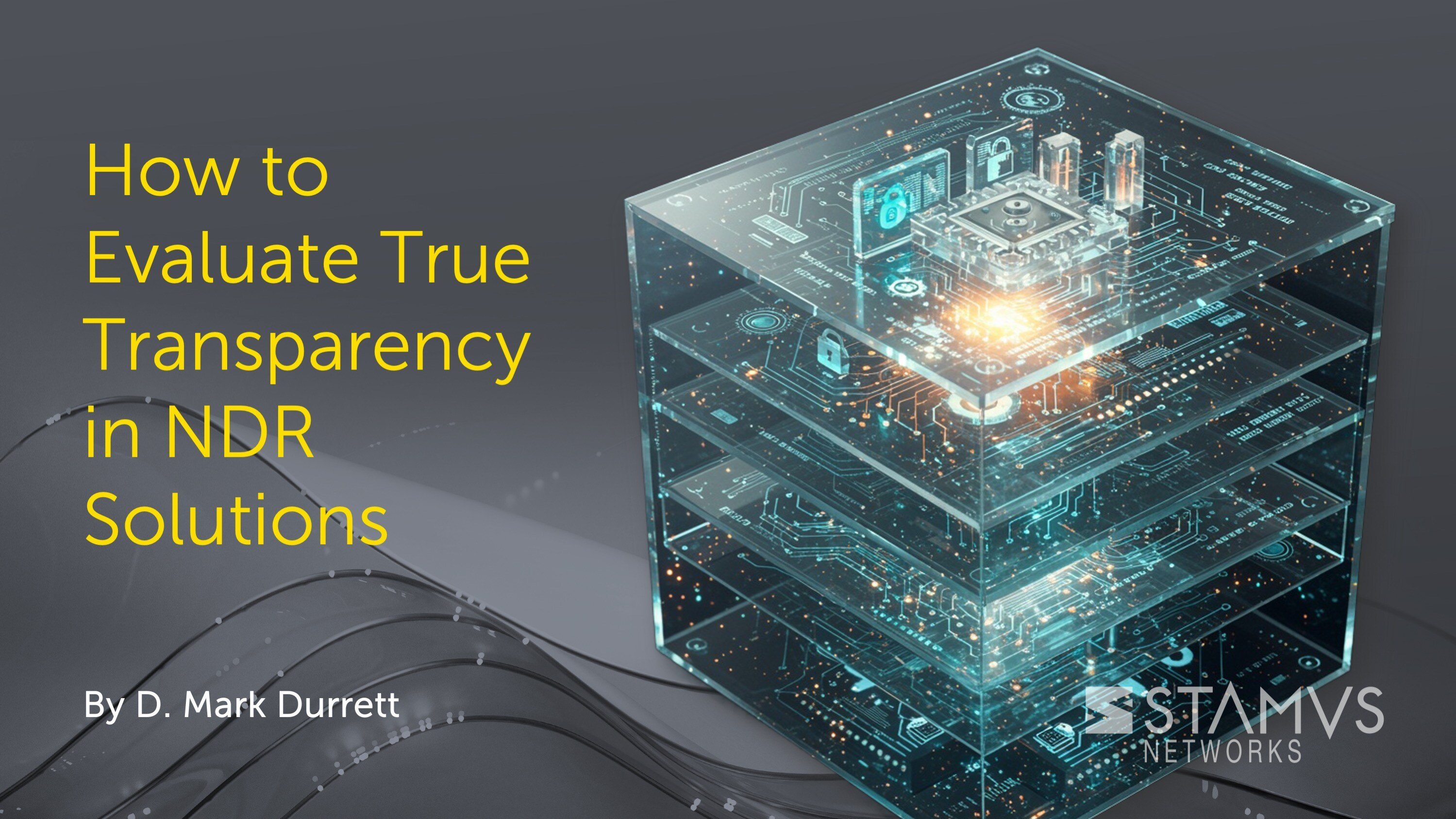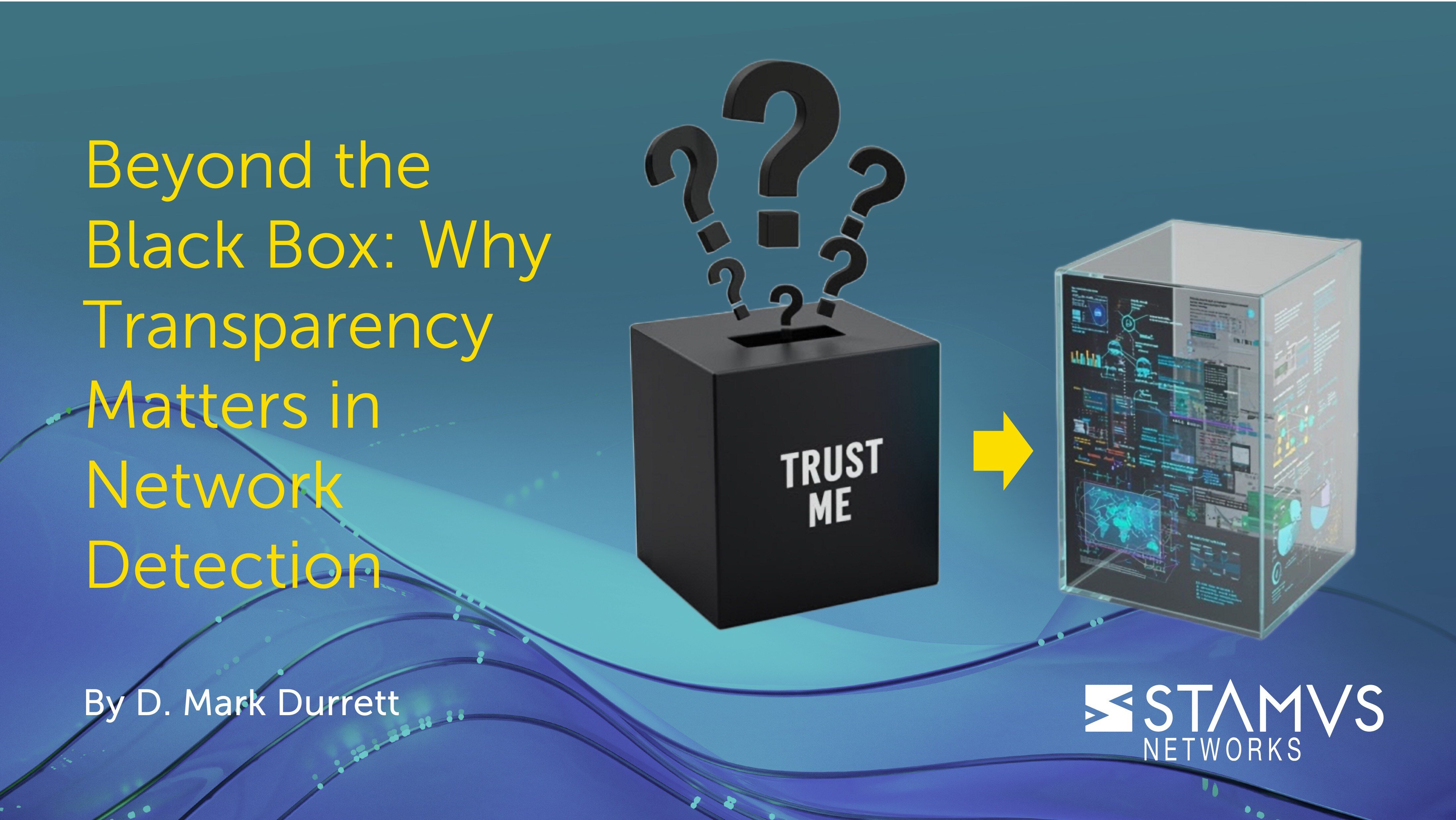When discussing open-source intrusion detection tools, only three names routinely appear as IDS powerhouses: Suricata, Snort, and Zeek. While each system has benefits and challenges, ultimately one stands out above the rest. It is easy to evaluate Suricata vs Zeek, as they are two completely different tools, but it is much harder to establish the differences between Suricata vs Snort. This blog post seeks to answer common questions about the differences between these two systems. First, let’s review both tools.
What is Suricata in cyber security?
Suricata is a free, open-source IDS/IPS cybersecurity tool that acts as both an Intrusion Detection System (IDS) and an Intrusion Prevention System (IPS). It is one of the very best Snort alternatives and is used by organizations all around the world to detect cyber threats and monitor networks for suspicious activity.
Suricata’s strength lies in its versatility. When tuned correctly, it is a high-performance tool that can handle large volumes of network traffic and generate vast amounts of network traffic data. It is also extremely flexible, offering deep analysis of various protocols and the ability to customize rule sets to fit your organization’s specific needs. Because it’s an open-source IDS/IPS, Suricata benefits from a large, active community that constantly develops and refines its capabilities.
Put simply, Suricata is a powerful and adaptable tool that provides a robust layer of defense for any organization’s network security strategy.
What is Snort used for?
Snort is one of the most popular open-source intrusion detection tools for network security. It can also be configured to act as an Intrusion Prevention System (IPS). Snort monitors network traffic, analyzes packets to search for malicious content using a rule-based system to identify potential threats, and alerts or blocks traffic based on its findings.
Like many other open-source intrusion detection tools, Snort can provide a solid first layer of defense against threats in network traffic.
Is Suricata better than Snort?
When comparing Suricata vs Snort, both stand out as impressive intrusion detection systems. However, Suricata offers some distinct advantages that Snort does not possess:
- Native Multi-Threaded: Suricata utilizes a multi-threaded architecture, allowing it to handle high-traffic environments more efficiently than Snort's single-threaded approach. This translates to better performance on modern hardware.
- Network Security Monitoring (NSM) data: Unlike Snort, Suricata can generate rich NSM data in formats like JSON (EVE). This data provides valuable insights into overall network activity, making it easier to identify trends and potential anomalies beyond just malicious traffic.
- Conditional PCAP storage: Suricata allows for conditional PCAP (packet capture) storage. This means you can configure it to only capture packets that meet specific criteria, saving valuable storage space compared to Snort, which captures all packets by default.
Other factors to consider:
- Rule compatibility: Suricata can leverage most Snort rules with some adjustments, making the transition easier. It also has its own growing rule set.
- Resource consumption: While Suricata is generally more efficient, it still requires more resources than Snort, especially on low-powered devices.
- Community and support: Both Snort and Suricata have active communities, but Snort has been around longer and might have a wider range of readily available resources.
Ultimately, the best choice depends on your specific needs and network environment. Both Snort and Suricata offer significant value for network security, and trying both could help make an informed decision.
What are the benefits of Suricata?
To help establish Suricata’s position as the king of Snort alternatives, it could be helpful to look at some of Suricata's distinct benefits:
- Speed: Unlike some other IDS tools, Suricata is multi-threaded, meaning it can use multiple CPU cores simultaneously. This allows it to handle complex tasks and analyze vast amounts of traffic in real time, ensuring threats are detected quickly without compromising network performance. Suricata is also designed to manage memory efficiently, minimizing resource consumption and maximizing processing speed.
- Scalability: Suricata can easily adapt to your organization’s needs as it grows. It can be deployed in a distributed fashion, with sensors strategically placed across your network. This allows for wider network coverage and the ability to scale processing power by adding more sensors as your network expands. It can then be configured to prioritize specific network segments or workloads, ensuring optimal performance for critical areas while efficiently handling less sensitive traffic. Because Suricata is so efficient, it can run effectively even on modest hardware. As your organization’s needs grow, you can upgrade hardware or leverage distributed deployments for continued scalability.
- Flexibility: Suricata offers a high degree of customization through extensive rule sets and indicators of compromise (IOCs). Suricata supports various rule sets from multiple sources, including Emerging Threats and Snort rules. You can also create custom rules to address specific vulnerabilities or concerns. Additionally, Suricata can be configured to detect specific indicators associated with known threats, such as malicious IP addresses, URLs, or file hashes. This allows for highly targeted threat detection.
- NSM Functionality: Suricata goes beyond basic IDS/IPS functionalities, tracking network flows to provide valuable insights into network activity patterns and identifying suspicious connections. Suricata can collect various network telemetry data, including packet size, source and destination information, protocol details, and more. This comprehensive data aids in network behavior analysis and threat detection.
- Depth of Data: Suricata provides a wealth of valuable data for various security purposes, including detailed packet inspection, flow data, alert logs, and more. This data is invaluable for forensic analysis after a security breach and can be used for security audits and compliance purposes. Additionally, the detailed data Suricata provides can be fed into your organization’s SIEM, other dedicated security analytics platforms, or a network detection and response (NDR) system to be leveraged by machine learning (ML) and artificial intelligence (AI) engines for advanced threat detection and automated incident response.
Learn More About Suricata
This blog post is only the tip of the iceberg in reasons why Suricata is the superior open-source intrusion detection tool, so we urge you to continue researching before making a final decision.
To begin learning more about Suricata, we recommend downloading the open-source book published by Stamus Networks titled “The Security Analyst’s Guide to Suricata” — the first practical guide to threat detection and hunting using Suricata, the world’s most popular open-source network security engine.
Written for security operations center (SOC) analysts and threat hunters who use Suricata to gain insights into what is taking place on their networks, the book provides vital information on entry points and an in-depth analysis of the most important Suricata features.
To be notified of new blog posts and other news, make sure to subscribe to the Stamus Networks blog, follow us on Twitter, LinkedIn, and Facebook, or join our Discord.






